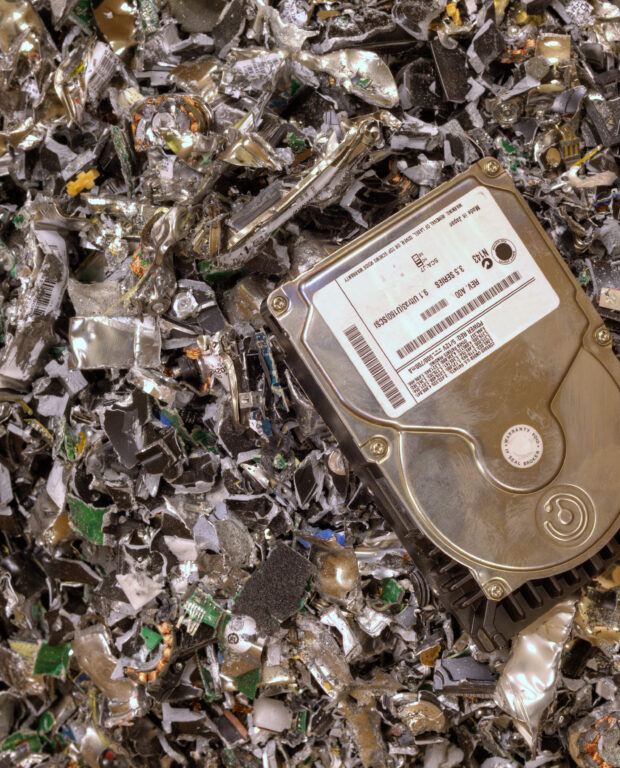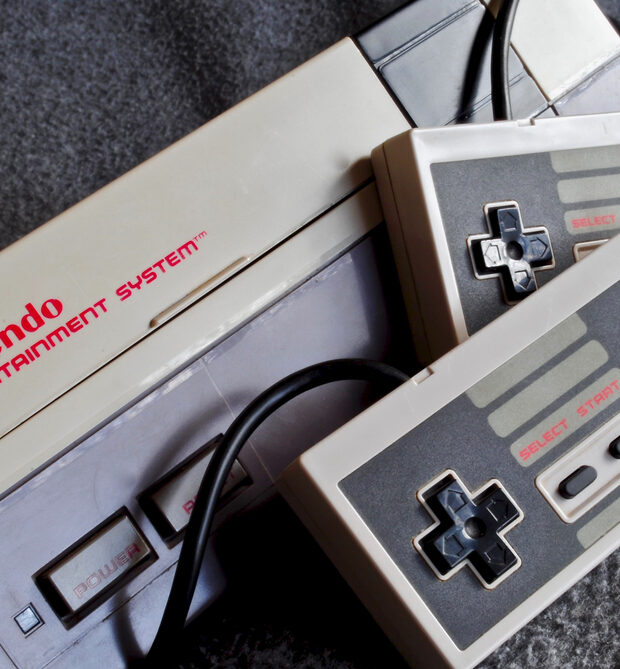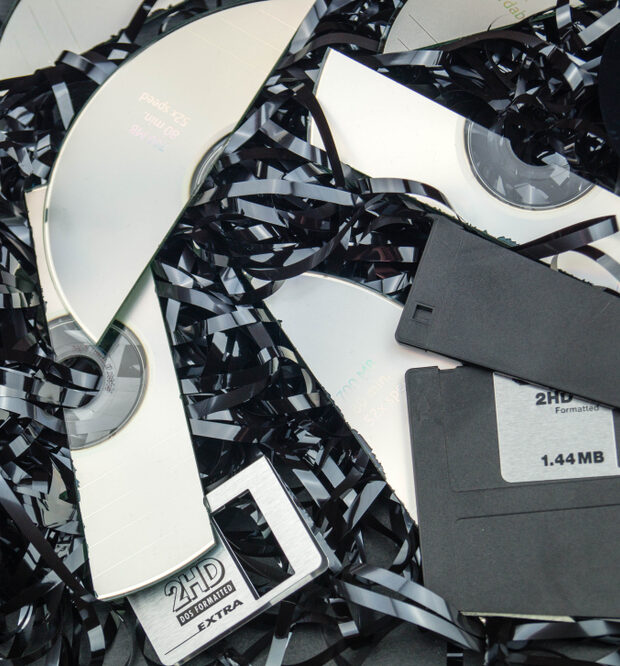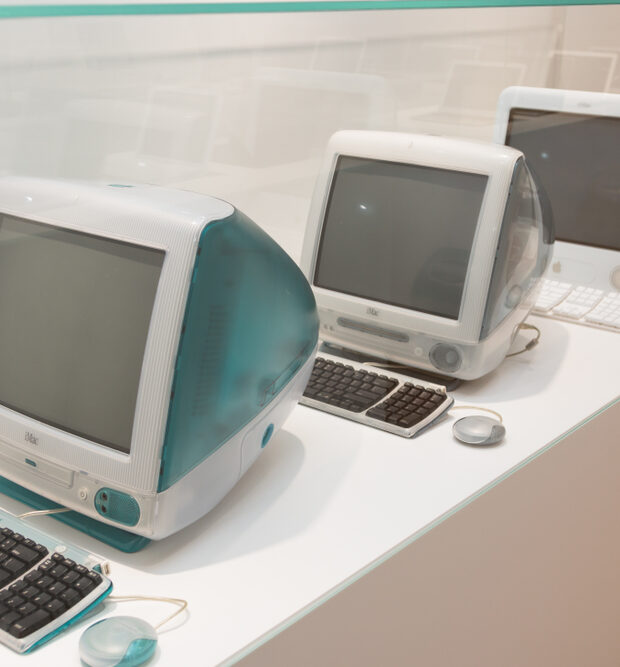Businesses in Dallas, TX, rely heavily on a constant stream of IT equipment just to keep up with our digital pace. But what happens when these devices become outdated or obsolete? Smart companies turn to IT asset recovery to not only responsibly dispose of old electronics but to extract maximum valu...
The ever-growing reliance on technology means businesses accumulate vast amounts of sensitive data. Financial details, customer records, trade secrets, and strategic plans all reside on computers, servers, and mobile devices. This data is a prized target for cybercriminals – and ensuring it is c...
Video game consoles offer countless hours of fun and entertainment. But like all electronics, they're prone to wear and tear, the occasional malfunction, and eventual obsolescence. When your video game console starts acting up, a difficult decision awaits: repair or replace? This article will guide...
Old hard drives may seem like outdated relics, but they contain a wealth of private information. If not correctly disposed of, identity thieves and hackers can easily glean passwords, financial details, and sensitive personal data from discarded drives. If you live in Garland, Texas, or the surro...
In the fast-paced world of technology, businesses in cities like Dallas, Texas, often find themselves constantly upgrading their IT infrastructure. While newer, faster devices improve productivity, they also leave a question: what to do with our outdated hardware and electronics? The answer lie...






